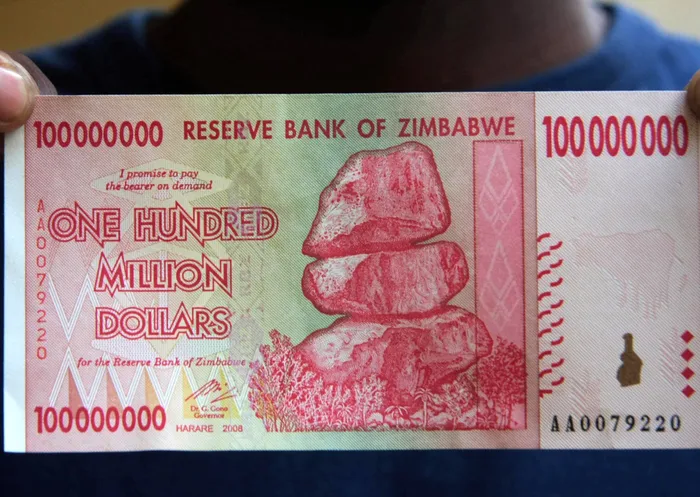Zim's economy potentially smoked

Although the drought in Zimbabwe - as in South Africa - has hammered the maize crop, tobacco, the prime agricultural export, appears to be surviving, but overall the economy is in serious decline with exports dropping to new lows. South Africa remains Zimbabwe’s largest trading partner.
Zimbabwe’s trade deficit widened to nearly R50 billion by last November amid a sharp decline in exports according to The Source, a business services online publication. This was the shortfall the government had predicted for the whole year and some economists are questioning whether Zimbabwe is finally in recession.
Finance Minister Patrick Chinamasa said the drop was connected to the depreciation of the rand; the continued depreciation of the rand against the US dollar has undermined the competitiveness of our exports, he said in his recent budget statement.
He also predicted that consumer imports would drop in 2016.
Zimbabwe’s top 10 trading partners last year were South Africa, Singapore, Mozambique, China, Zambia, the UK, United Arab Emirates, Botswana, Japan and India. Its main exports are tobacco, gold and diamonds.
The manufacturing sector continues to decline, not least because Zimbabwe products marked up in US dollars, are expensive for South African importers. Zimbabwe trades in the US dollar since it abandoned its own worthless currency in 2009 at the start of the four-year inclusive government which stabilised the economy wrecked under the previous Zanu-PF administration, when hyperinflation smashed exports and left Zimbabwe with empty supermarkets, closed schools and hospitals and no money in the treasury.
Since Zanu-PF returned to power in 2013, with a huge majority, it has re-engaged with the International Monetary Fund and World Bank and is now engaged with widespread reforms. But the economy continues to decline and at present the government is looking for cash for maize as it needs to import more than 1million tons.
This year's whole crop is now estimated at a record low of about 200,000 tons according to statistics gathered last week at a meeting of the Millers Association, National Foods and several others in the sector.
Independent Foreign Service